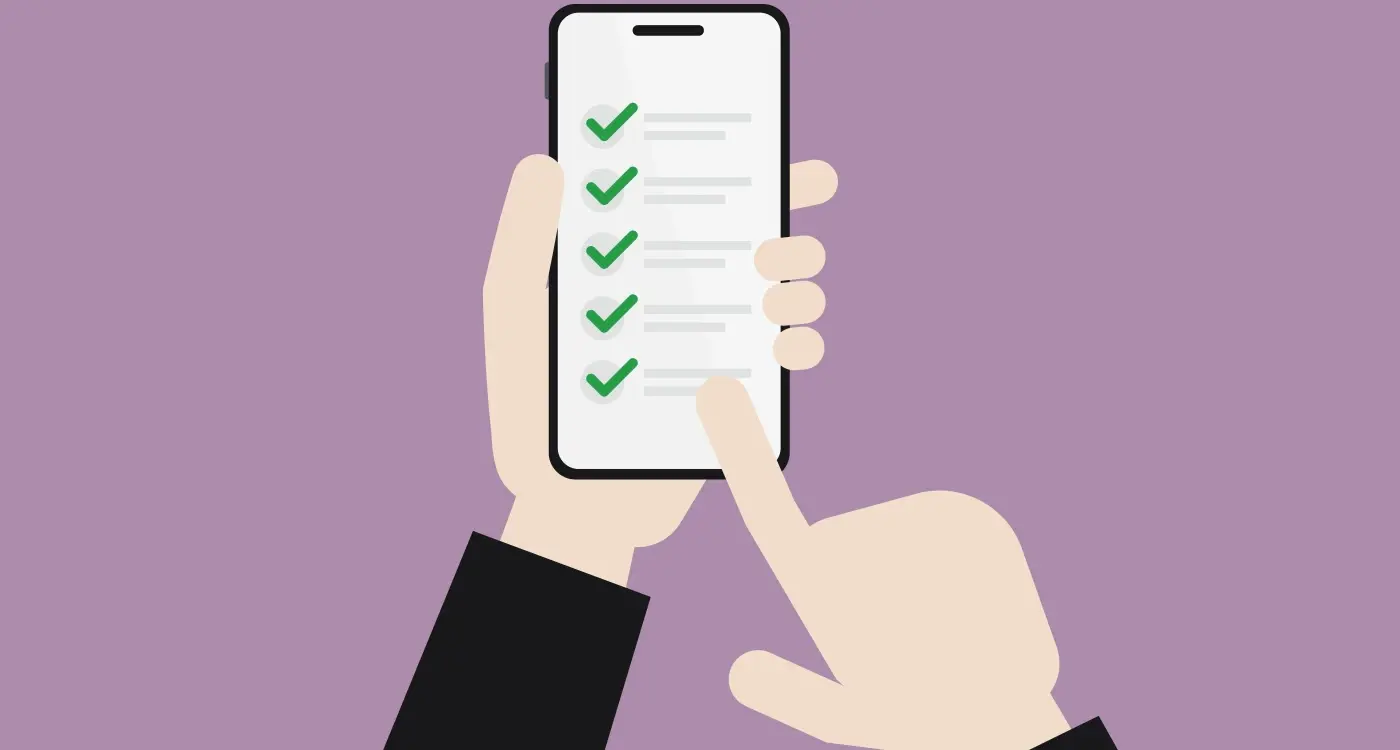How Do You Test A Mobile Game Before Launch?
Did you know that 80% of mobile games fail within their first year? That's a staggering number when you think about it—and most of these failures could have been prevented with proper testing before launch. I've worked on countless mobile game projects over the years, and the ones that succeed all have one thing in common: they were tested thoroughly before anyone outside the development team ever saw them.
Mobile game testing isn't just about finding bugs (though that's certainly part of it). It's about making sure your game actually works the way you intended, performs well on different devices, and most importantly—is fun to play. Quality assurance goes far beyond checking if buttons work; it's about ensuring every aspect of your game meets the standards players expect.
The best mobile games aren't necessarily the ones with the most features—they're the ones that work flawlessly and provide a smooth, enjoyable experience from the moment players open the app
Playtesting with real people is where the magic happens. You can spend months perfecting your game, but until actual players get their hands on it, you won't know if it's truly ready for launch. This guide will walk you through everything you need to know about testing your mobile game properly—from setting up your testing environment to running beta tests with real players.
What Is Mobile Game Testing
Mobile game testing is the process of checking your game works properly before you release it to players. Think of it as giving your game a proper health check—you're looking for problems, making sure everything runs smoothly, and confirming players will have a good time.
I've worked on dozens of mobile games over the years, and I can tell you that testing isn't just about finding bugs (though that's a big part of it). You're also checking if the game is fun, if it performs well on different devices, and if people can actually understand how to play it. The goal is simple: make sure your game works brilliantly when real players get their hands on it.
What Testing Actually Covers
Mobile game testing covers several key areas that work together to create a great player experience:
- Functionality testing—does everything work as intended?
- Performance testing—does it run smoothly without crashes?
- Usability testing—can players easily navigate and enjoy the game?
- Compatibility testing—does it work across different devices and operating systems?
- Security testing—is player data protected?
The testing process starts early in development and continues right up until launch. It's not something you leave until the end—good testing happens throughout the entire mobile app development process.
Types of Testing for Mobile Games
When I first started working with mobile games, I thought testing was just about finding bugs—boy, was I wrong! There are actually several different types of testing that need to happen before your mobile game sees the light of day. Each type serves a specific purpose and catches different problems that could ruin your players' experience.
Let me break down the main types of testing you'll encounter during your mobile game development journey.
Functional Testing
This is the bread and butter of mobile game testing. Functional testing checks whether your game actually does what it's supposed to do. Does the jump button make your character jump? Do the power-ups work correctly? Can players complete levels without the game crashing? It sounds simple, but you'd be surprised how many games fail at these basic functions.
Quality assurance teams spend most of their time on functional testing because it covers the core gameplay mechanics. If your mobile game can't perform its basic functions, nothing else matters.
Performance Testing
Performance testing is all about how well your game runs on different devices. Does it drain the battery too quickly? Does it overheat the phone? How much memory does it use? These questions become more important when you consider that not everyone has the latest iPhone or Samsung Galaxy.
Playtesting sessions often reveal performance issues that weren't obvious during development. A game might run perfectly on your development device but struggle on older phones with less RAM.
Start performance testing early in development rather than leaving it until the end—fixing performance issues later can require major code changes.
The different types of testing work together to create a comprehensive quality assurance process. Each type catches different problems, which is why mobile app testing requires multiple approaches before launch.
- Functional testing—checks core gameplay mechanics
- Performance testing—monitors speed, battery usage, and memory
- Compatibility testing—ensures the game works across different devices
- Usability testing—evaluates user experience and interface design
- Security testing—protects user data and prevents cheating
Setting Up Your Testing Environment
Getting your testing environment sorted is where the real work begins—and trust me, doing this properly will save you headaches later. You'll need a mix of physical devices and emulators to cover all your bases. I always tell clients that testing on real devices is non-negotiable; emulators are helpful but they can't replicate the exact behaviour of actual hardware.
Device Selection Strategy
Start by identifying the most popular devices your target audience uses. Android fragmentation means you'll need several different models, screen sizes, and operating system versions. For iOS, you can get away with fewer devices since Apple controls the ecosystem more tightly. Don't forget about older devices either—not everyone upgrades to the latest iPhone every year!
Your testing setup should include devices with different performance levels: high-end flagships, mid-range phones, and budget options. Each category will stress your game differently. Low-end devices will quickly expose performance issues whilst high-end ones might hide problems that affect most users.
Tools and Resources
Cloud testing platforms like Firebase Test Lab or AWS Device Farm can supplement your physical device collection. These services let you test on hundreds of device configurations without buying them all. Here's what you'll need:
- Mix of Android and iOS devices across different price points
- Various screen sizes and resolutions
- Different operating system versions
- Cloud testing platform access
- Bug tracking software
- Performance monitoring tools
The key is creating a testing environment that mirrors your actual user base as closely as possible. This foundation will make every other testing phase more effective.
Creating Test Cases and Plans
Right, let's talk about test cases and plans—the backbone of any proper mobile game testing strategy. I'll be honest, this bit can feel a bit tedious at first, but trust me, it's what separates the professionals from the amateurs. A test case is simply a step-by-step instruction that tells your testers exactly what to do, what to expect, and what counts as a pass or fail.
Start with the basics: can players install your game? Can they create an account? Does the main menu work? Then move into gameplay mechanics—does jumping work as expected? Do power-ups activate correctly? Each test case should cover one specific feature or function. Don't try to test everything at once; you'll miss things that way.
Building Your Test Plan
Your test plan is the bigger picture—it's your roadmap that shows which devices you'll test on, what types of testing you'll do, and when you'll do them. Include different screen sizes, operating systems, and device specifications. Some players will have the latest iPhone whilst others are still using that Android phone from three years ago.
A good test case should be so clear that someone who's never played your game before can follow it perfectly
Quality assurance isn't just about finding bugs—it's about making sure your mobile game actually works for real people in real situations. Document everything clearly, keep your test cases simple, and always think about how actual players will use your game. Remember, playtesting with proper test cases will save you countless headaches later on.
Running Beta Tests with Real Players
After months of development work, you're finally ready to put your mobile game in front of real people—and this is where things get interesting! Beta testing with actual players is completely different from internal testing because you can't control what they'll do or how they'll react to your game.
I always tell my clients that beta testing is like opening your front door to strangers; you never know what feedback you'll get, but it's absolutely necessary. Real players will find bugs your team missed, get confused by tutorials that seemed crystal clear to you, and play your game in ways you never imagined possible.
Recruiting Your Beta Testers
Start small with maybe 50-100 testers for your first round. You can find beta testers through social media, gaming forums, or platforms like TestFlight for iOS and Google Play Console for Android. Make sure you get a mix of different device types and player experience levels—your mum who's never played a mobile game will spot different issues than your hardcore gamer mate.
Gathering Meaningful Feedback
Don't just release your game and hope for the best. Give your testers specific things to focus on: Does the tutorial make sense? Is level 3 too difficult? Can they complete their first purchase without getting stuck? The more direction you give them, the better feedback you'll receive back.
Finding and Fixing Bugs
Here's the thing about bugs in mobile games—they're going to happen. No matter how experienced your development team is or how thorough your quality assurance process seems, something will slip through the cracks. I've worked on games where we thought we'd caught everything, only to have players discover issues within minutes of launch!
The key isn't avoiding bugs entirely (that's impossible), but finding and fixing them before your players do. When you're running your playtesting sessions, you need a system for tracking every issue that comes up. I always recommend using a simple bug tracking tool where testers can report problems with screenshots and steps to reproduce the issue.
Common Bug Categories to Watch For
- Game crashes or freezes during specific actions
- Audio problems or missing sound effects
- Visual glitches like overlapping text or distorted graphics
- Touch controls that don't respond properly
- Progress not saving correctly between sessions
- In-app purchases failing to complete
Set up a priority system for bugs—not all issues need fixing immediately. Game-breaking crashes get fixed first, while minor visual glitches can wait until after launch if needed.
The Bug Fixing Process
Once you've identified a bug, the first step is reproducing it consistently. If you can't make the bug happen again, you can't fix it properly. Document the exact steps, device type, and game version where the issue occurs. Then assign it to the right team member and test the fix thoroughly before marking it as resolved.
Performance and Compatibility Testing
Right, let's talk about performance and compatibility testing—the bit that separates the apps that crash on launch from the ones that actually work. I've seen too many games that looked brilliant in development but turned into frustrating experiences the moment they hit different devices. Performance testing checks how well your game runs under pressure, whilst compatibility testing makes sure it works across all the devices your players will actually use.
Testing Performance Under Pressure
Performance testing means pushing your game to its limits. You'll want to check frame rates, memory usage, and battery drain across different scenarios. What happens when players have been gaming for two hours straight? Does the game slow down when there are lots of things happening on screen at once? I always test with the phone's battery running low too—you'd be surprised how differently some devices behave when they're trying to conserve power.
Making Sure It Works Everywhere
Compatibility testing is where things get interesting. Your game needs to work on phones from different manufacturers, various screen sizes, and different operating system versions. Here's what you should test:
- Different Android versions and iOS versions
- Various screen sizes and resolutions
- Different processor speeds and RAM amounts
- Network conditions from WiFi to 3G
- Different device orientations
The key is testing on real devices, not just simulators. Borrowed phones from friends, older devices you've got lying around—use them all. Your players won't all have the latest iPhone, so neither should your testing.
Conclusion
Testing your mobile game before launch isn't just something you should do—it's something you absolutely must do if you want your game to succeed. I've seen too many developers skip proper testing only to watch their games crash and burn in the app stores because players found bugs, performance issues, or gameplay problems that could have been caught early.
The good news is that testing doesn't have to be complicated or expensive. You can start with basic functionality testing on a few devices, create simple test cases that cover your core gameplay, and gradually build up to more advanced performance and compatibility testing. The key is being systematic about it rather than just hoping everything works.
Quality assurance and playtesting work hand in hand to make your game better. Quality assurance catches the technical problems that would make players angry, whilst playtesting reveals whether your game is actually fun to play. Both are needed—there's no point having a perfectly bug-free game that nobody enjoys.
Remember that testing is an ongoing process, not a one-time event. Even after launch, you'll need to keep testing new updates and monitoring player feedback. But if you follow the steps we've covered in this guide, you'll be giving your mobile game the best possible chance of success in the competitive app stores.
Share this
Subscribe To Our Learning Centre
You May Also Like
These Related Guides

What Is DevOps and How Does It Help Mobile App Development?

How Do Solo Developers Test Apps Before Launch?



